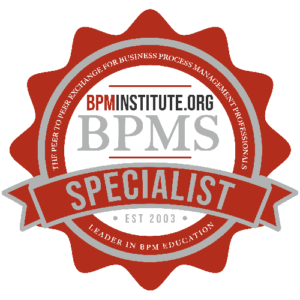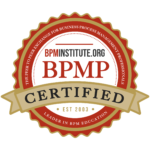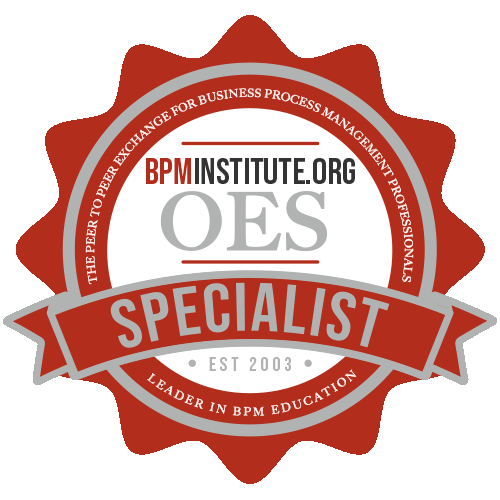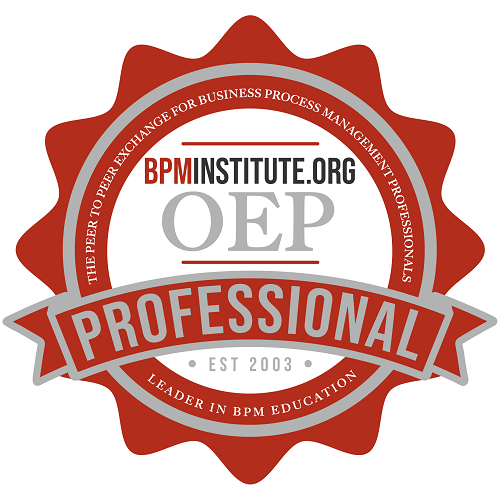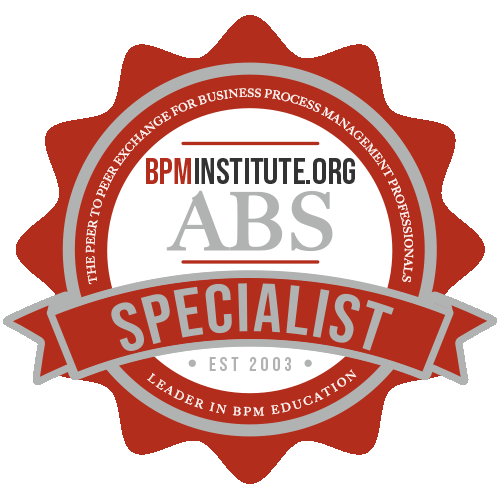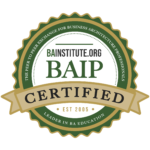Implementing operational excellence so that the organization benefits is an important question that needs close examination. An operational excellence initiative requires many elements. The model requires the implementation of:
1. Program—What are you deploying and how will you manage it?
2. Leadership—How will leadership lead the program?
3. Processes—What will you be improving?
4. Measurements—How will you know when you are successful?
5. Projects—How will improvement work be parsed into actionable and manageable units?
6. People—After these steps have been thoroughly planned and evaluated, what you have learned will be the foundation for:
7. Strategy—How will you deploy the initiative?
The result is a business management system that encourages process improvement so that the big-picture’s metrics or key performance indicators (KPIs) continuously improve. However, often operational excellence deployments do not align improvement efforts with the metrics.
How to Achieve Operational Excellence?
According to Wikipedia, Operational Excellence is an element that stresses usage of principles, systems, and tools that result in the sustainable improvement of key performance metrics (KPIs). Wikipedia notes that much of the operational excellence management philosophy is based on continuous improvement methodologies; e.g., Business Process Management (BPM), Six Sigma, Lean, (Lean Six Sigma) and scientific management.
The last six words of the above Operational Excellence (OE) description are important; i.e., sustainable improvement of key performance metrics. For an organization to know if a process improves, the metric needs to be first tracked from a process point of view, where any process change can be detected and quantified. This further depends upon knowing and documenting the value chain processes of the organization. The application of BPM methodology starts with mapping the processes at a high level and then implementing metrics.
However, traditional organizational scorecards do not have these metrics in mind. Typical reporting is based upon the functional organization chart. When in reality the execution of the strategy via the value chain processes of the organization is what needs to be measured. An effective Operational Excellence deployment addresses this need.
Another problem that often occurs with operational excellence deployments is that improvement efforts occur in the functional silos of the organization chart, where any process enhancements don’t have much, effect on the organization and may even be counter-productive. This issue is overcome by applying BPM methodology, including cross-functional process metrics.
An integrated approach, outlined above as the Seven requirements for Operational Excellence overcomes the issues that commonly occur with traditional organizational deployments of both operational excellence and process improvement methodologies.
The steps required for a successful operational excellence system are:
- Describe the Vision.
- Document the Value Chain at a high level, including appropriate metrics.
- Establish Process Metric goals.
- Analyze the organization – look for performance gaps.
- Create strategies to close the gaps
- Identify the improvements most needed.
- Execute the projects
- Assess the results and impact on organizational goals
- Insure you can maintain the higher level of performance.
- Return to step six and identify the next project.
Wikipedia states that the focus of Operational Excellence should go beyond a traditional event-based model of improvement toward a long-term change in organizational culture. When creating a system for obtaining this culture change, an Operational Excellence deployment strategy:
- Offers consistent reporting of key process metrics, such as capacity, closure rate, quality, and system-up times in a format so that the most appropriate action or non-action occurs.
- Provides real-time process metric reporting that encourages localized process improvement work in this operational excellence strategy model.
- Offers accessibility to process documentation and standard operating procedures that impact the performance metrics.
- Incorporates a process improvement methodology (e.g., Lean, Six Sigma, or BPM project) so that defined projects are created by looking at gaps in performance, and upon completion of the improvement effort, the organization truly benefits.
- Incorporates analytically/innovatively determined operational strategies within the overall system of this operational excellence implementation model.
- Integrates process change control in the overall operational excellence strategy model methodology.
- Provides a system for orchestration of change management efforts.
- Incorporates process ownership and metric accountability in the overall operational excellence strategy model through the organizational value chain.
- Contains a process control mechanism that includes a high-level reporting-system methodology where identification of the event occurs and a descriptive action plan can be created when special-cause issues occur in an organizational value chain metric.
- Reduces the amount of traditional scorecard firefighting, were actions are taken to individual ″process noise″ metric-value issues as though they were unusual events. BPM implementation, which can provide a process performance metrics that can result in effective efforts that have long-lasting benefits.
- Utilizes a Lean Six Sigma roadmap for executing improvement projects.




